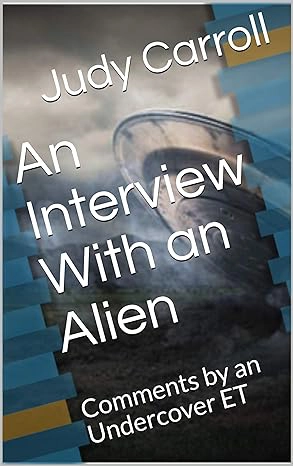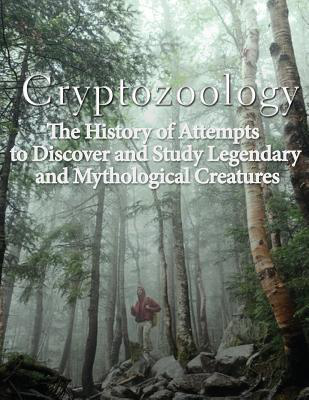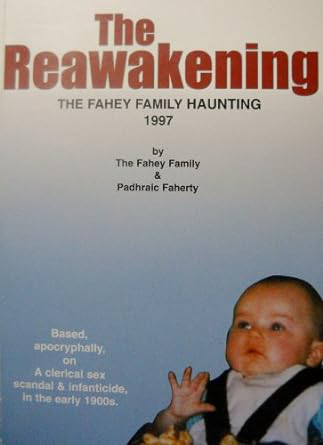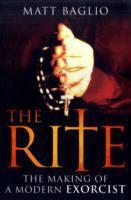Leprechaun, Myth, Legend or Fairy?
Mythology/Folklore/History
Tuesday 1st, February 2022
3 minute read.
Leprechaun's have been part of Ireland and the allure of the country for many years. The first known references was in a mediaeval tale known as the 'Echtra Fergus mac Léti' (Adventure of Fergus son of Léti), the story tells of the King of Ulster, Fergus mac Léti falling asleep on a beach to be woken by three lúchorpáin dragging him to the sea, the Kind captured his three abductors and they in turn granted the Kind three wishes for their release.
Known most commonly as a small supernatural being from Irish folklore, with some people classing a leprechaun as a type of solitary fairy. A leprechaun is usually depicted as a small breaded male being, wearing a coat and hat. There have been some links between leprechaun's and fairies depending on what sources you look at.
Depending on the story you read or hear, leprechaun's cause mischief to anyone that crosses their path but in more recent times a leprechaun has been depicted as a shoe maker who has hidden a pot of gold at the end of a rainbow, in some stories a leprechaun will protect their pot of gold by whatever means required.
There have been many reports of people encountering these mythical creatures, not just in Ireland even though most encounters seem to be reported in Ireland, but from around the world.
Leprechaun's have appeared in film, tv and Irish folklore for many years, even on a cereal box, Lucky Charms. Leprechaun's are mostly associated with St. Patrick's day which has spread from being celebrated in Ireland to being celebrated around the world.
The word leprechaun is related to the 'clurichaun' and the 'far darrig', the clurichaun is considered by some to simply be a leprechaun on a drinking spree.
There are a few different, conflicting origins of the word leprechaun:
Known most commonly as a small supernatural being from Irish folklore, with some people classing a leprechaun as a type of solitary fairy. A leprechaun is usually depicted as a small breaded male being, wearing a coat and hat. There have been some links between leprechaun's and fairies depending on what sources you look at.
Depending on the story you read or hear, leprechaun's cause mischief to anyone that crosses their path but in more recent times a leprechaun has been depicted as a shoe maker who has hidden a pot of gold at the end of a rainbow, in some stories a leprechaun will protect their pot of gold by whatever means required.
There have been many reports of people encountering these mythical creatures, not just in Ireland even though most encounters seem to be reported in Ireland, but from around the world.
Leprechaun's have appeared in film, tv and Irish folklore for many years, even on a cereal box, Lucky Charms. Leprechaun's are mostly associated with St. Patrick's day which has spread from being celebrated in Ireland to being celebrated around the world.
The word leprechaun is related to the 'clurichaun' and the 'far darrig', the clurichaun is considered by some to simply be a leprechaun on a drinking spree.
There are a few different, conflicting origins of the word leprechaun:
- The Anglo-Irish word leprechaun is said to have descended from old Irish luchorpán or lupracán, with various forms such as luchrapán, lupraccán.
- 'leprechaun' is derived from the Irish language word 'leipreachán', which was defined by Irish lexicographer and historian Patrick Dineen as "a pigmy, a sprite, or leprechaun."
- Since around 2019 some researchers believe the word may be linked to the ancient Roman group Luperci, who were further linked to Lupercalia, a feast that included a purification ritual involving swimming.



